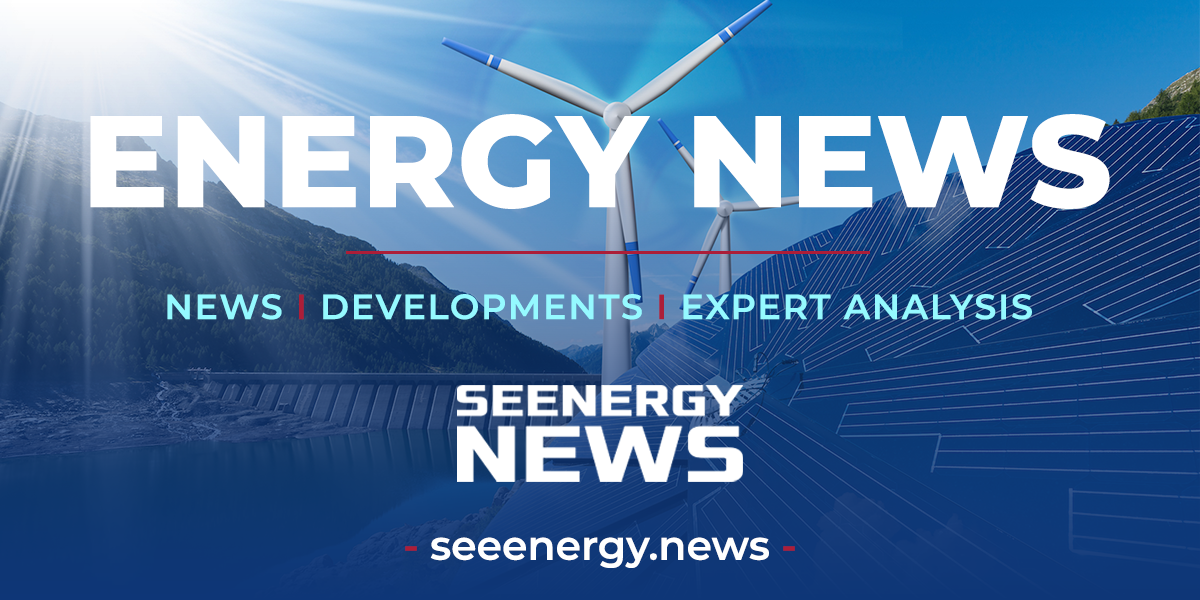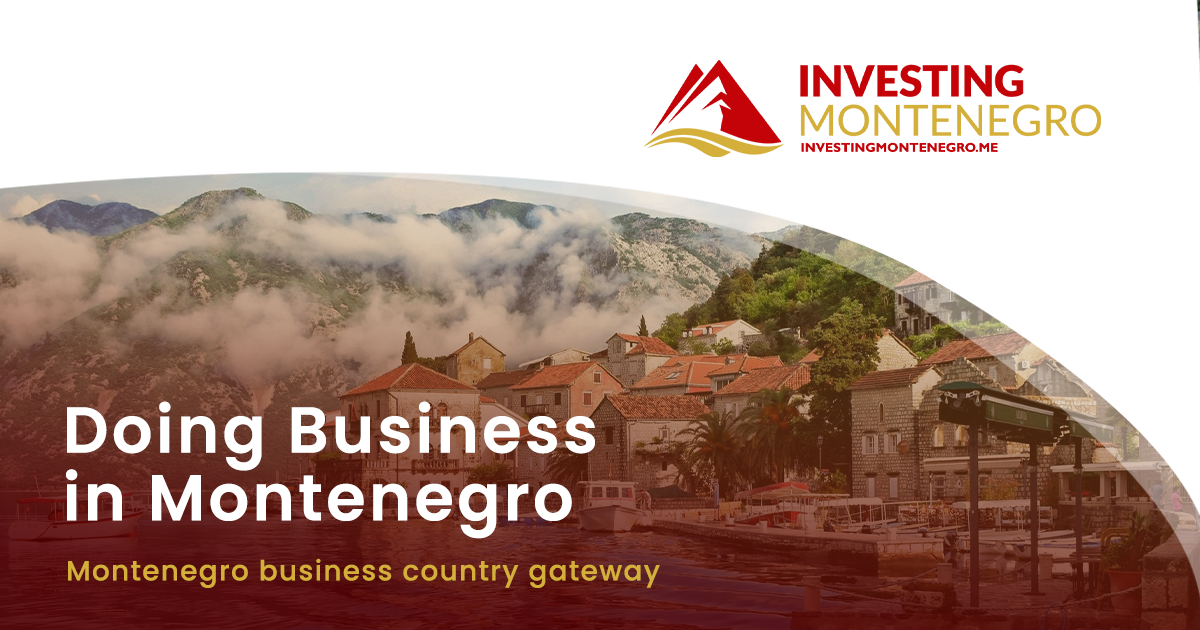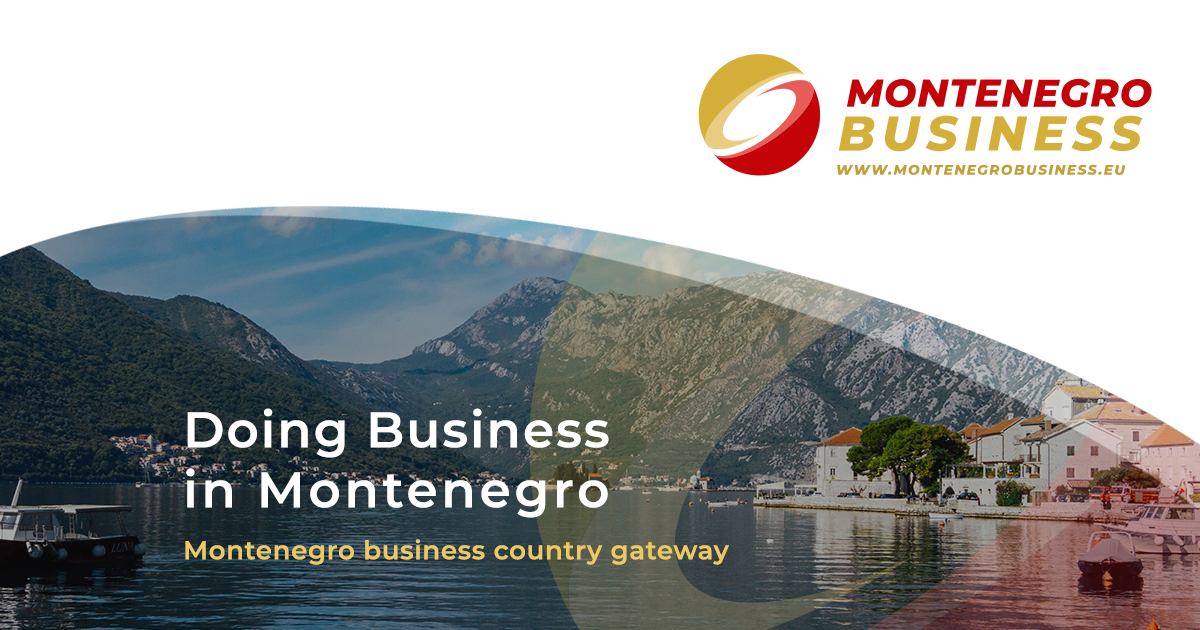The development and operations of clean energy projects, such as wind farms, solar parks, and hydroelectric facilities, increasingly play a critical role in the global transition towards renewable energy sources. This shift not only aims at reducing carbon emissions but also at ensuring sustainable and secure energy supplies for the future. The successful implementation of these projects hinges on effective interplay between project operations, communications, and stakeholder relations.
Project Development and Operations
Clean energy projects go through phases from feasibility studies and planning to construction, operation, and maintenance. Each phase involves technical, environmental, and financial considerations to ensure projects are viable, sustainable, and aligned with regulatory standards and market demands. Operations focus on maximizing energy production efficiency, ensuring safety, and minimizing environmental impacts.
Communications
Effective communication strategies are vital throughout the lifecycle of clean energy projects. These strategies involve:
– Public Awareness: Educating the public about the benefits of clean energy and specific projects to build support and address any misconceptions.
– Project Updates: Keeping stakeholders informed about project milestones, operational data, and impacts. Transparency in communication builds trust and can mitigate opposition.
– Crisis Communication: Having plans in place for timely and accurate communication in the event of accidents or unforeseen negative impacts helps manage public relations and minimize damage to reputation.
Stakeholder Relations
The range of stakeholders for clean energy projects is broad, including local communities, environmental groups, investors, government regulators, and the general public. Managing these relations involves:
– Engagement and Consultation: Engaging with local communities and other stakeholders early and throughout the project can identify concerns, manage expectations, and incorporate feedback into project planning and operations.
– Benefit Sharing: Demonstrating how the project benefits local communities, whether through job creation, infrastructure improvements, or contributions to local economies, can build positive relationships and support.
– Environmental and Social Responsibility: Addressing environmental concerns and ensuring projects contribute positively to social goals are crucial for gaining and maintaining stakeholder support.
Interplay Analysis
The success of clean energy projects relies on an integrated approach that balances technical and operational requirements with proactive communication and robust stakeholder engagement strategies. This interplay involves several key aspects:
– Aligning Operations with Stakeholder Expectations: Operations should consider stakeholder concerns, such as environmental impact and community benefits, to ensure projects are not only technically and economically viable but also socially acceptable and supported.
– Communications as a Bridge: Effective communication acts as a bridge between project operations and stakeholder interests, ensuring transparency, addressing concerns, and highlighting benefits. It is essential for managing perceptions and building long-term relationships.
– Adaptive Stakeholder Engagement: Stakeholder interests and concerns can evolve over time, particularly in long-duration projects. Continuous engagement and flexibility to adapt project plans based on feedback are important for maintaining support and addressing emerging issues.
Challenges and Opportunities
– Regulatory and Policy Environment: Navigating the regulatory landscape and adapting to policy changes are challenges that require clear communication and engagement with government stakeholders.
– Technological Advancements: Rapid advancements in clean energy technologies present opportunities for improving project efficiency and reducing costs. Communicating these advancements to stakeholders can enhance project attractiveness and investment.
– Global Trends and Market Dynamics: The global push towards sustainability and clean energy creates a favorable environment for renewable projects. Aligning project development and operations with these broader trends, and effectively communicating this alignment, can enhance stakeholder support and project success.
The development and operation of clean energy projects in today’s dynamic and sustainability-focused global landscape require an integrated approach to technical operations, strategic communications, and stakeholder relations. By effectively managing this interplay, projects can achieve not only economic and technical success but also social acceptance and environmental sustainability, positioning themselves as key contributors to the global energy transition.











